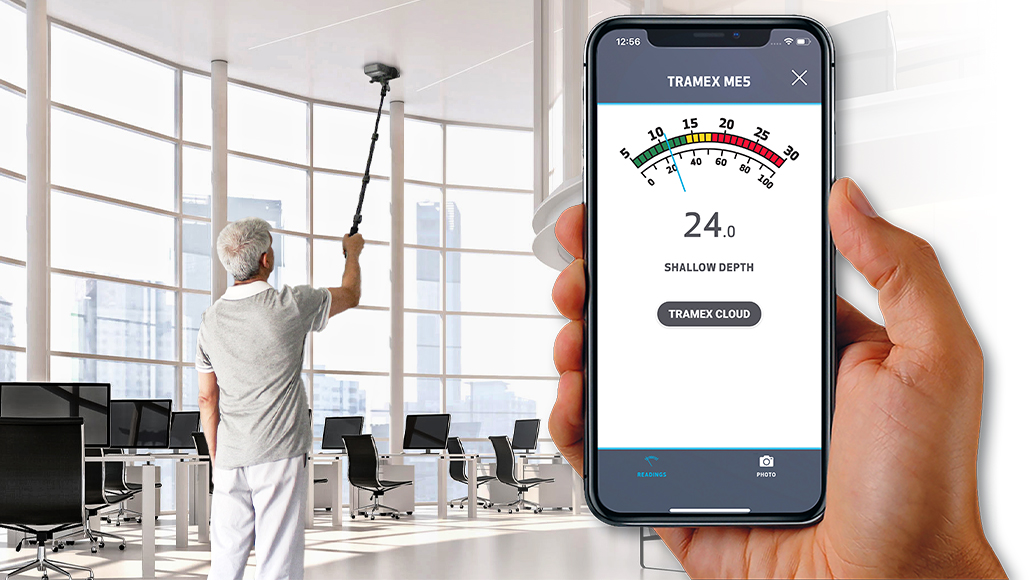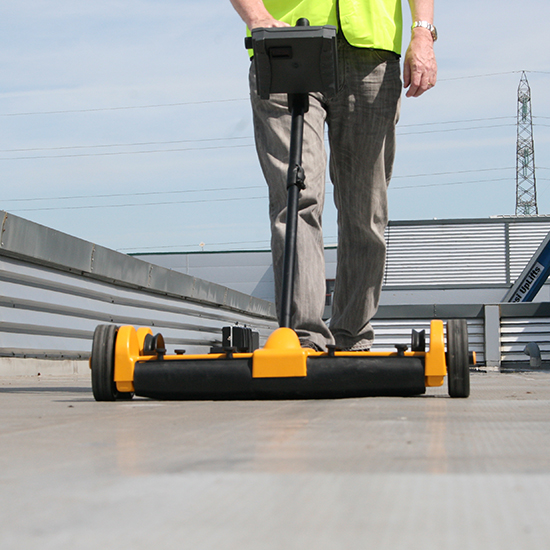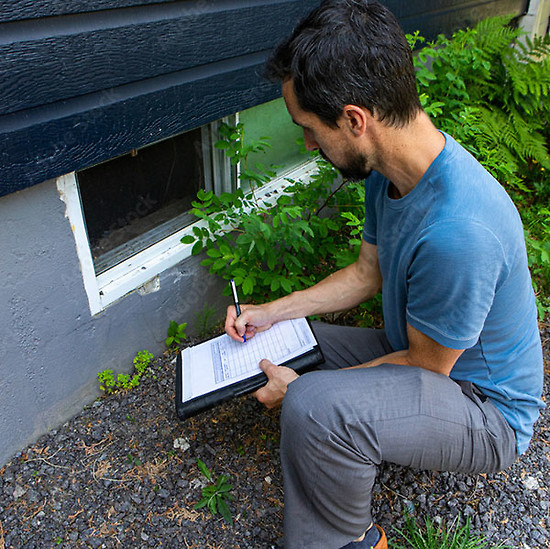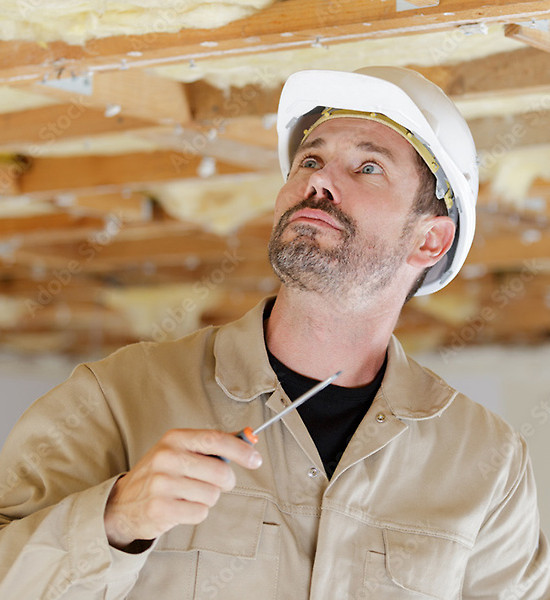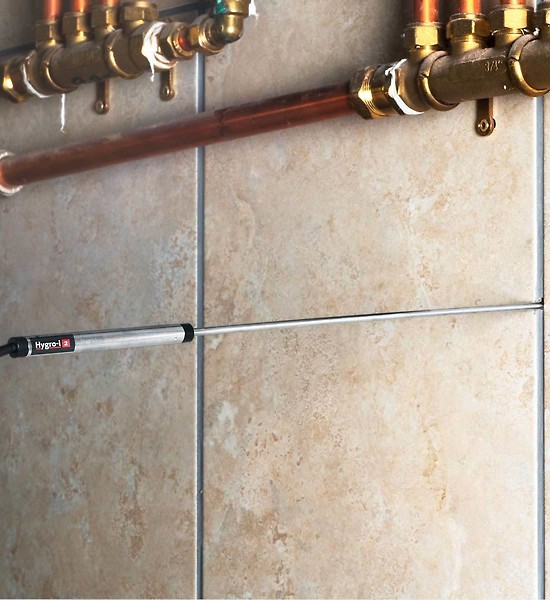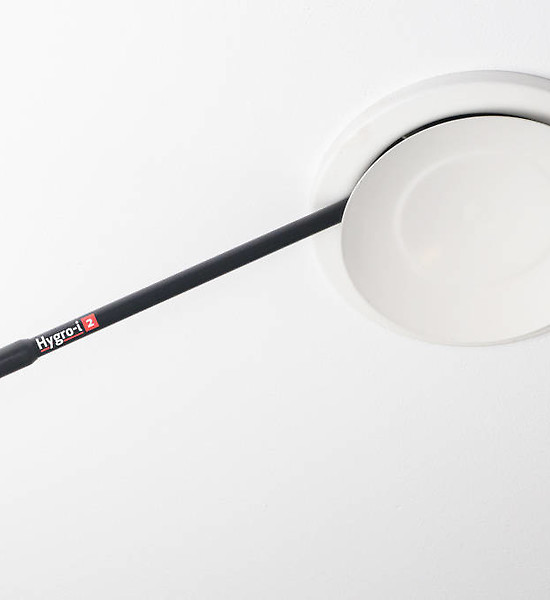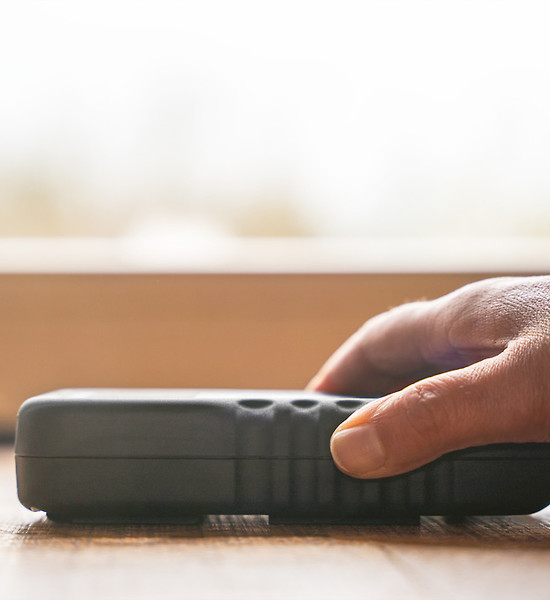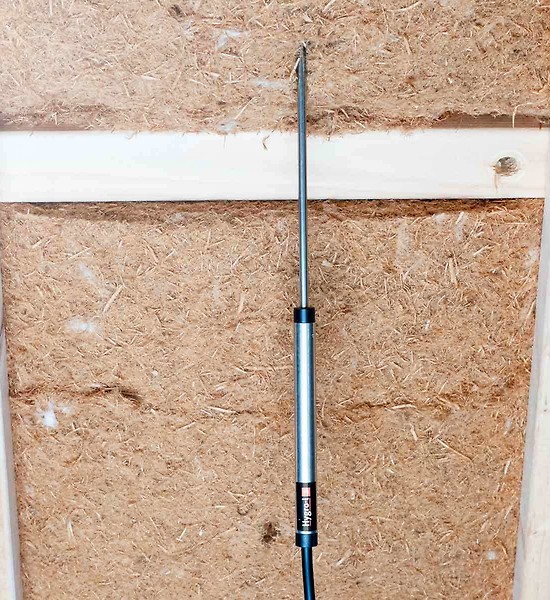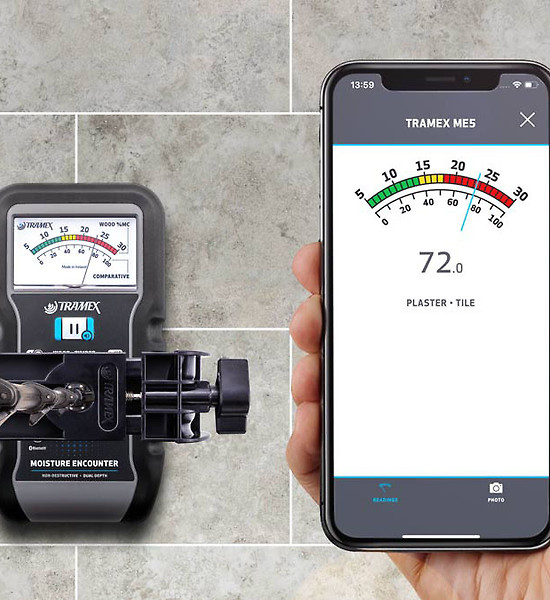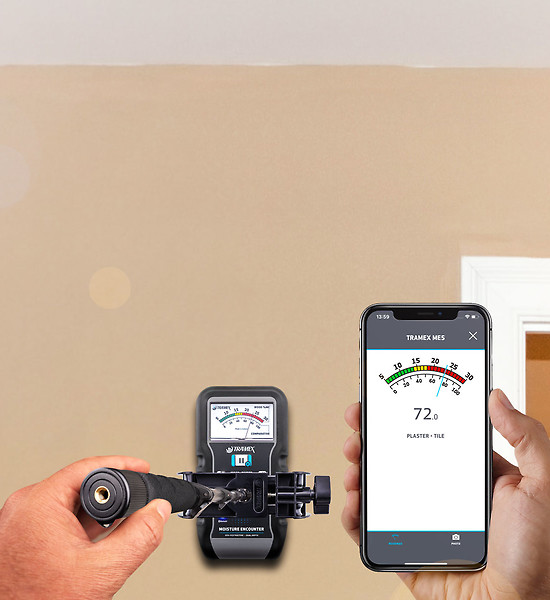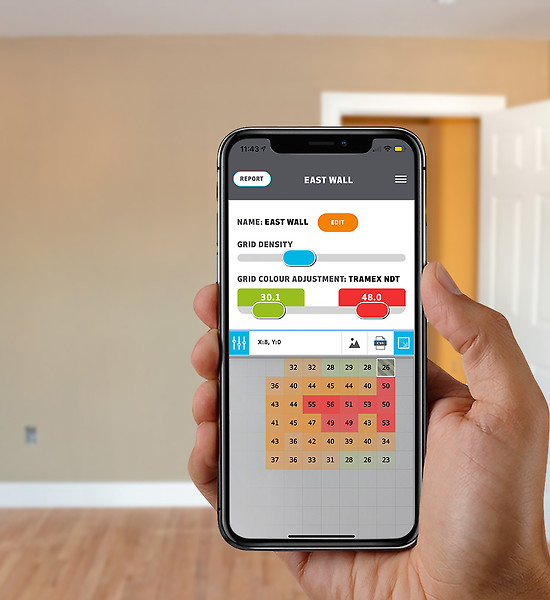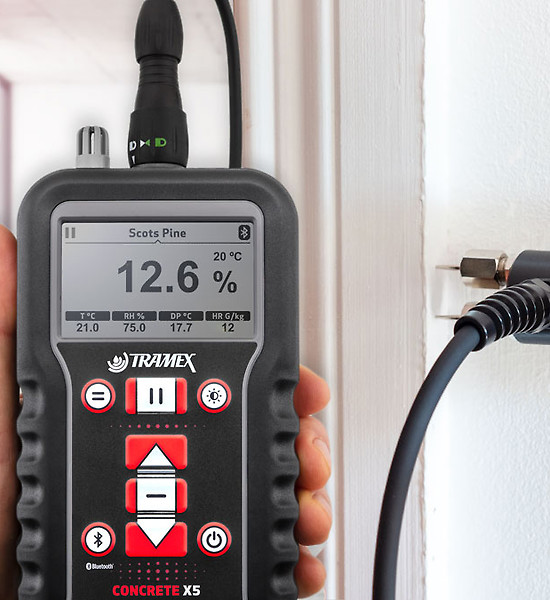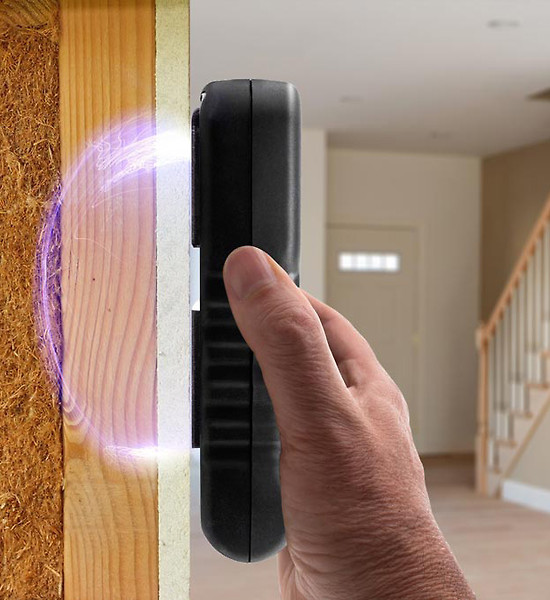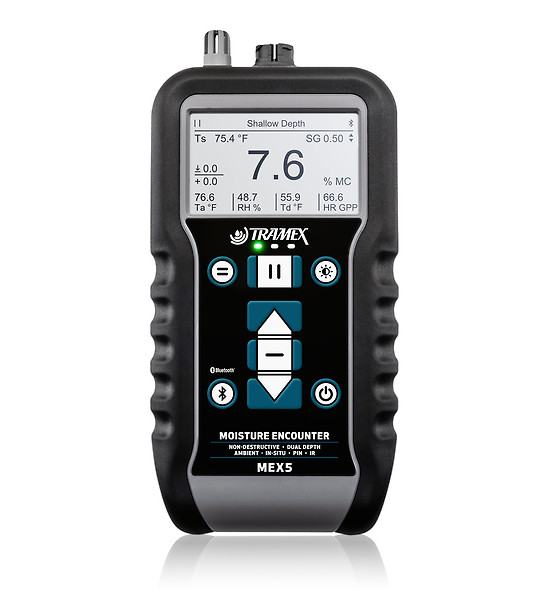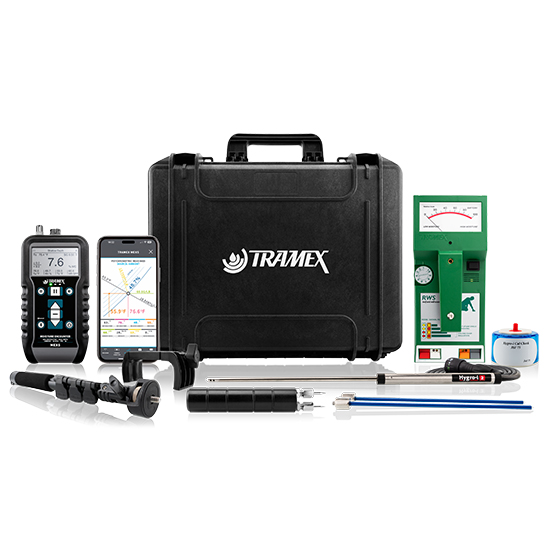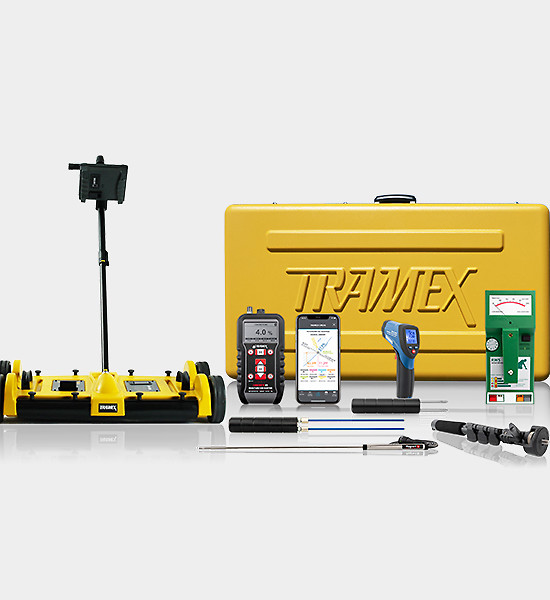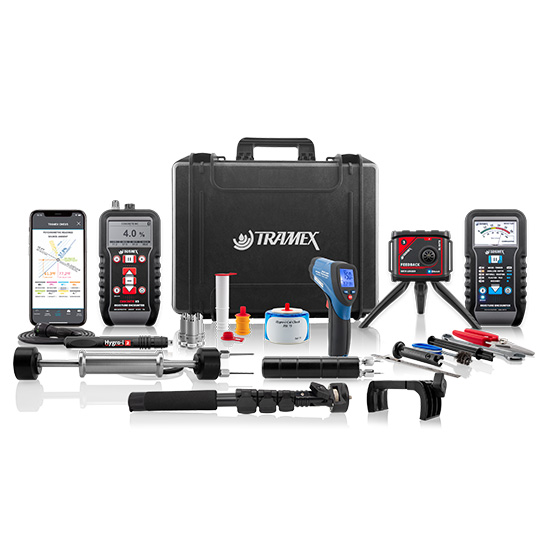Why use Tramex meters for moisture detection in buildings & homes
Tramex moisture meters and moisture inspection kits offer multiple benefits during building inspections, including non-destructive testing, quick and accurate measurements, moisture mapping, and hidden moisture detection.
The meters and probes provide exact data and enable early detection of moisture problems, contributing to more accurate assessments and effective moisture management strategies. Early detection allows for timely interventions and preventive measures, minimizing the chances of extensive damage, mold growth, and costly repairs.
Incorporating Tramex moisture meters into building inspections can enhance the overall quality of the inspection process and help ensure the integrity and longevity of the building and the health and well being of its occupants. Here are some of the key benefits of using Tramex moisture meters and probes.
